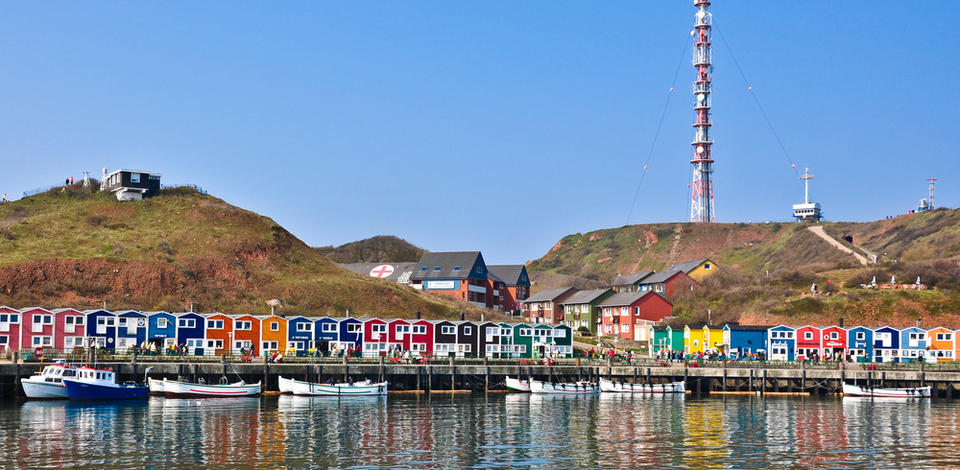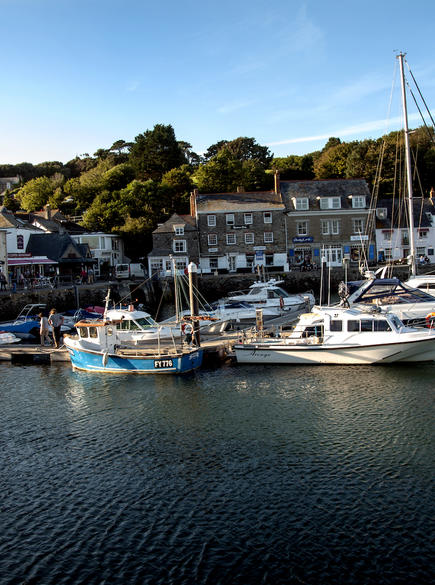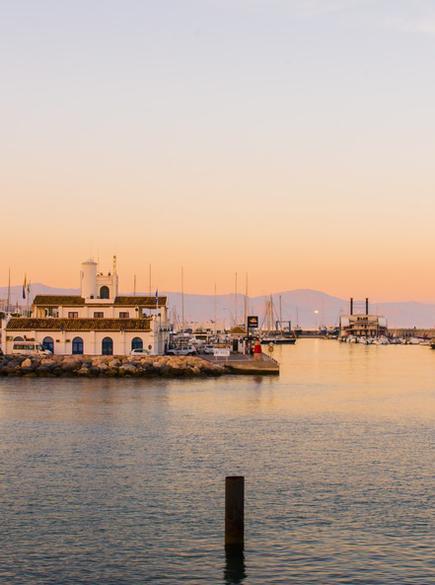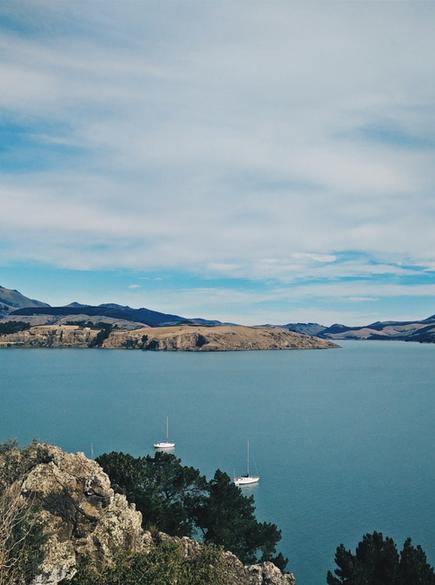Boating in the North Sea - A rewarding experience by boat

Boats for rent in: North Sea
North Sea
The North Sea has a large boating heritage, from the historic voyages of the Vikings to the popularity of fishing today.
Although sailing in these waters can be challenging, the diversity of geological features and countries to discover make it more than worth the effort.


A huge variety of landscapes
Geologically, the North Sea is an extremely rewarding sailing destination with a huge variety of landscapes. To the north, the results of the Ice Ages are clear in the dramatic landscape: fjords cutting deep into the earth, towering cliffs, and skerries dotting the water are all common around the Norwegian coastline. Across the water, the Scottish and Northern English coastlines were also formed by glaciers, yet the firths that make up these landscapes are shallower and more gentle, with islands and sandbars. On the shallow coasts from Denmark south, the landscape is dictated by years of tidal forces and sediment. Here, you will find barrier beaches with large dunes and long mudflats, creating excellent breeding grounds for many types of birds and animals.

North Sea - challenging for inexperienced sailors
The North Sea can be challenging for inexperienced sailors. The Dogger Bank, a moraine which used to connect Great Britain to mainland Europe, creates a shelf where the North Sea is as little as 15 metres deep. Meanwhile, off the coast of Dundee, the Devil’s Hole is made up of trenches that plunge up to 230 metres. The Norwegian trench, which runs from Oslo to Bergen, is up to 725 metres deep. Sailors should be aware of any possible navigation difficulties and preferably be equipped with satellite navigation systems when traversing these waters.
Moorings, Marinas and Harbours in the North Sea
- Port Edgar Marina, South Queensferry (Scotland)
- Port of Lowestoft, Suffolk (England)
- Marina Yachting bvba, Oostende (Belgium)
- Jachthaven Michiel de Ruijterhaven (Netherlands)
- Im-jaich Lloyd Marina Bremerhaven (Germany)
- Esbjerg Marina (Denmark)
- Lysefjorden Marina, Forsand (Norway)
Sailing Routes North Sea
Start a trip from the sailing capital of Sweden, and sail to rocky islands and pretty harbors in the Gothenburg archipelago. Sail along the Gothenburg Archipelago:
How to get there - Airports in North Sea
- Aberdeen Airport (Scotland)
- Edinburgh Airport (Scotland)
- Newcastle Airport (England)
- Antwerp International Airport (Belgium)
- Amsterdam Airport Schipol (Netherlands)
- Rotterdam The Hague Airport (Netherlands)
- Hamburg Airport (Germany)
- Stavanger Airport (Norway)
Climate & Weather in North Sea
Temperatures vary around the North Sea, but in general are likely to be cool to cold. The water temperature ranges from 2º in the area east of Denmark in January to over 15º near the Straight of Dover in July. The air ranges from around 0º in January to up to 18º in July.
Tidal ranges can be large, and storm surges are particularly common in the southern coasts, including parts of England and the Netherlands.
The warm North Atlantic Current enters the North Sea through the Norwegian Sea while the cold Baltic Sea currents enter through the Skaggerak in the east, creating a counter-clockwise current in the water.